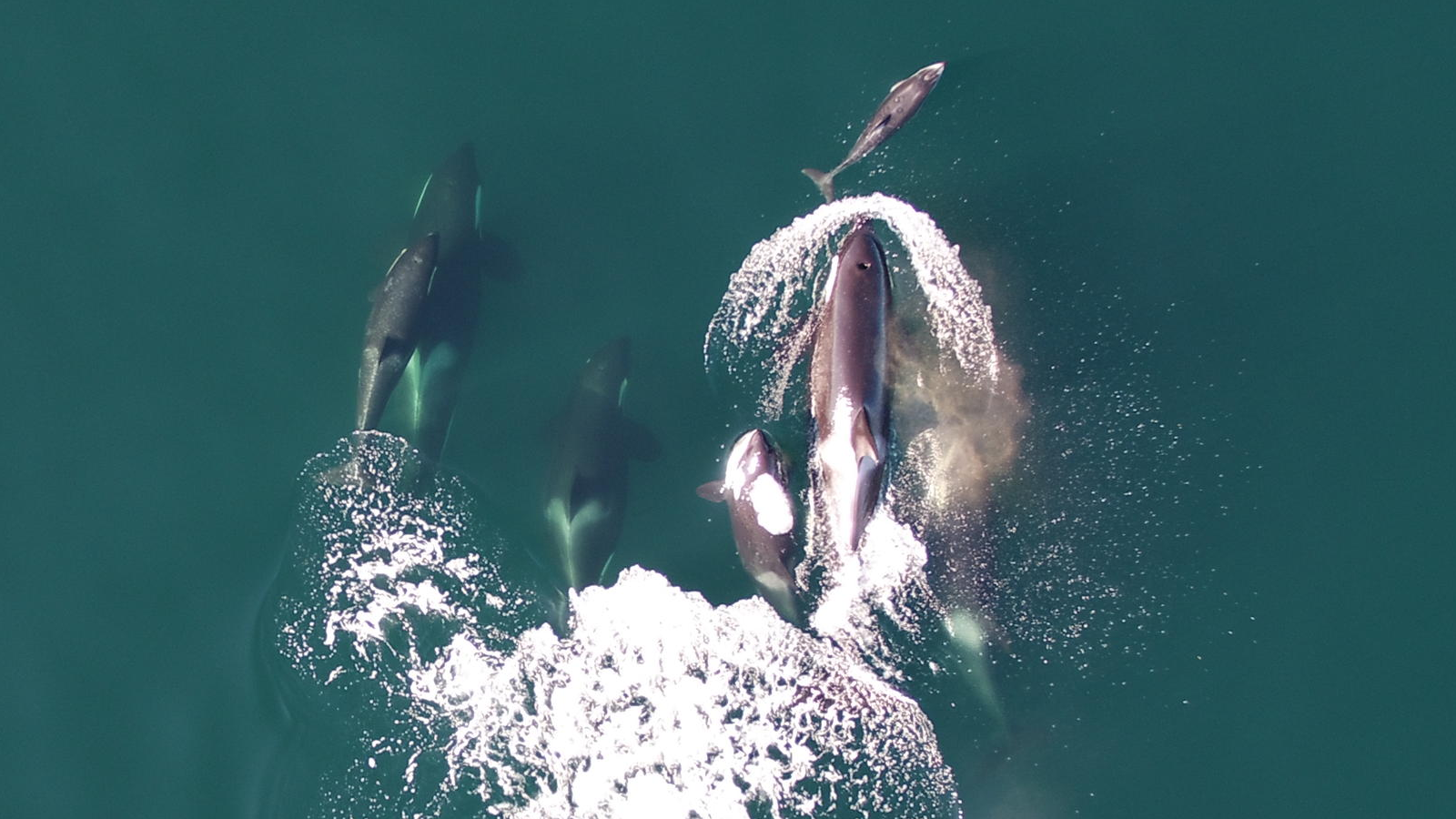Hundreds of mummies and pyramid of an unknown queen unearthed at Saqqara
On the 100-year anniversary of unearthing King Tut's tomb, archaeologists discover hundreds of tombs and mummies buried in Giza.

Archaeologists have unearthed the pyramid of a never-before known ancient Egyptian queen; a cache of coffins, mummies and artifacts; and a series of interconnected tunnels.
For the past two years, archaeologists have been working at Saqqara, an archaeological site in Giza, about 20 miles (32 kilometers) south of Cairo. Recently, they discovered a trove of coffins and mummies, which may belong to some of King Tut's closest generals and advisors during his reign (1333 B.C. until his death in 1323 B.C.).
Archaeologists also focused their attention on a nearby pyramid, which belonged to Teti, the first king of the Sixth Dynasty of Egypt.
"Teti was worshipped as a god in the New Kingdom period, and so people wanted to be buried near him," Zahi Hawass, an Egyptologist who is working on the dig and who formerly served as Egypt's Minister of Antiquities, told Live Science in an email. "However, most burials known in Saqqara previously were either from the Old Kingdom or the Late Period. Now we have found 22 [interconnected] shafts, ranging from 30 to 60 feet [9 to 18 meters deep], all with New Kingdom burials." (Also known as the Egyptian Empire, the New Kingdom period lasted from the sixth century B.C. to the 11th century B.C.)
Related: What did ancient Egypt's pharaohs stash inside the pyramids?
Buried within these shafts, archaeologists found a "huge limestone sarcophagus" along with "300 beautiful coffins from the New Kingdom period," Hawass said.
"Burials from the New Kingdom were not known to be common in the area before, so this is entirely unique to the site," Hawass said. "The coffins have individual faces, each one unique, distinguishing between men and women, and are decorated with scenes from the Book of the Dead [an ancient Egypt funerary text]. Each coffin also has the name of the deceased and often shows the Four Sons of Horus, who protected the organs of the deceased."
Get the world’s most fascinating discoveries delivered straight to your inbox.
If discovering the coffins wasn't astonishing enough, when the researchers lifted the coffins' lids they were surprised to find the mummies in good condition, even after all these centuries.
"This shows that mummification reached its peak in the New Kingdom," Hawass said. "Some coffins have two lids, and the most amazing coffin so far has a mask of a woman made completely of solid gold."
He added, "Inside the coffins and tomb shafts are also various artifacts, including games such as the ancient game of Senet, shabtis [small figurines], statues of the god Ptah-Sokar and even a metal axe found in the hand of an army soldier."
In addition, researchers found a pyramid commemorating a queen whose identity was previously unknown.
"We have since discovered that her name was Neith and she had never before been known from the historical record," Hawass said. "It is amazing to literally rewrite what we know of history, adding a new queen to our records."
A selection of the coffins and antiquities found at the excavation site will be on display at the Grand Egyptian Museum in Giza, which is slated to open next year.
Editor's note: Updated at 5:21 p.m. EST on Nov. 21 to change the headline, noting that the findings were at Saqqara, not near King Tut's tomb, as was previously stated.
Jennifer Nalewicki is former Live Science staff writer and Salt Lake City-based journalist whose work has been featured in The New York Times, Smithsonian Magazine, Scientific American, Popular Mechanics and more. She covers several science topics from planet Earth to paleontology and archaeology to health and culture. Prior to freelancing, Jennifer held an Editor role at Time Inc. Jennifer has a bachelor's degree in Journalism from The University of Texas at Austin.



